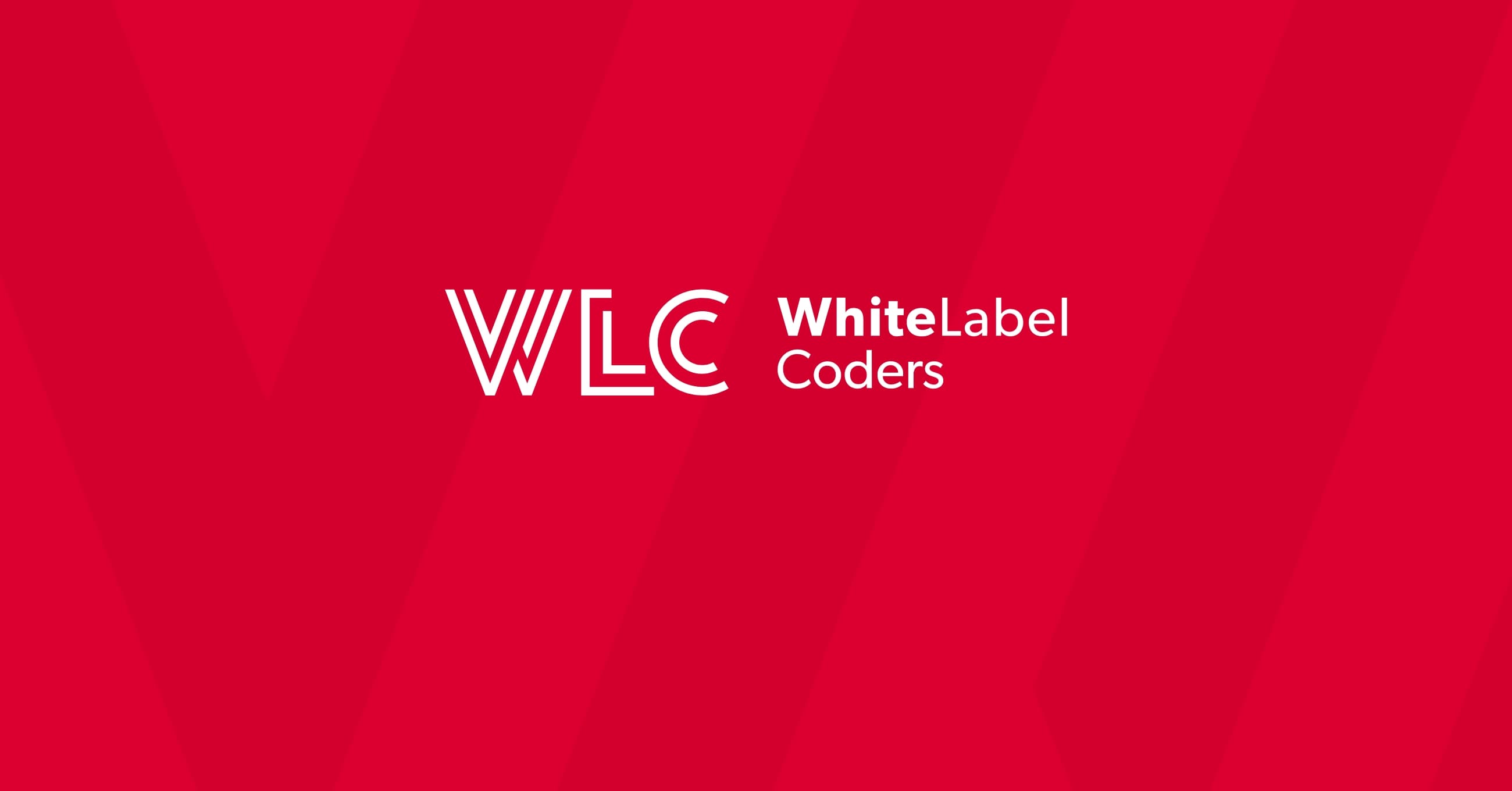Category: SEO AI
What is real-time gaming technology?

Real-time gaming technology enables instant data processing and immediate response delivery in gaming applications, typically within milliseconds. This technology powers live casino games, sports betting, and multiplayer gaming platforms where split-second interactions directly impact user experience and business success. Understanding real-time gaming systems is essential for iGaming companies seeking competitive advantages in today’s fast-paced digital entertainment market.
What is real-time gaming technology and why does it matter for iGaming platforms?
Real-time gaming technology is a system architecture that processes user interactions and delivers responses within milliseconds, creating seamless gaming experiences. It combines advanced server infrastructure, optimised data processing, and instant communication protocols to handle live gaming events as they happen.
The core components include WebSocket connections for persistent communication, high-performance servers for rapid processing, and sophisticated algorithms that manage game states across multiple users simultaneously. These elements work together to ensure that when a player places a bet or makes a move, the system responds immediately without noticeable delays.
For iGaming platforms, this technology is absolutely critical. Players expect instant feedback when spinning slot reels, placing sports bets, or joining live dealer games. Any delay can frustrate users and drive them to competitors. Real-time systems also enable features like live chat, real-time odds updates, and synchronized multiplayer experiences that keep players engaged.
The competitive advantage extends beyond user experience. Real-time gaming technology allows operators to implement dynamic pricing, instant fraud detection, and live promotional triggers that respond to player behaviour as it happens. This capability directly impacts revenue through improved player retention and enhanced operational efficiency.
How does real-time data processing work in gaming applications?
Real-time data processing in gaming applications relies on persistent connections between clients and servers, typically using WebSocket protocols. These connections remain open throughout gaming sessions, allowing instant bidirectional communication without the overhead of traditional HTTP requests.
The server architecture usually involves multiple layers working in coordination. Load balancers distribute incoming requests across server clusters, while dedicated game servers handle specific gaming logic. Message queues ensure data flows smoothly between components, even during traffic spikes.
Data synchronisation happens through event-driven architecture. When a player action occurs, the system broadcasts relevant updates to all connected clients who need that information. For example, in a live poker game, one player’s bet immediately updates the game state for all other participants.
The technical infrastructure requires careful optimisation at every level. Database queries must execute within milliseconds, often using in-memory databases like Redis for frequently accessed data. Caching strategies reduce server load whilst maintaining data consistency across all connected users.
Geographic distribution through Content Delivery Networks (CDNs) brings processing power closer to players, reducing latency. This approach is particularly important for global iGaming platforms where players connect from different continents but expect equally responsive experiences.
What are the biggest technical challenges when building real-time gaming systems?
Latency management represents the most critical challenge in real-time gaming development. Even delays of 100-200 milliseconds can negatively impact user experience, making network optimisation and server placement crucial considerations for platform success.
Concurrent user handling creates complex scalability issues. Gaming platforms must maintain performance whether serving 100 or 100,000 simultaneous users. This requires sophisticated load balancing, database optimisation, and server scaling strategies that can adapt to fluctuating demand patterns.
Data consistency becomes particularly challenging when multiple users interact with the same game elements. Ensuring all players see identical game states whilst processing thousands of simultaneous actions requires careful synchronisation mechanisms and conflict resolution protocols.
Security considerations multiply in real-time environments. Traditional security measures can introduce latency, yet gaming platforms cannot compromise on protecting user data and preventing cheating. Implementing fraud detection that operates in real-time without impacting performance requires specialised approaches.
Performance optimisation across different devices and connection qualities presents ongoing challenges. Players use various devices with different processing capabilities and network speeds, yet all expect smooth gaming experiences. This requires adaptive systems that adjust quality and processing loads based on individual user capabilities.
Database performance under high-frequency read and write operations often becomes a bottleneck. Gaming applications generate massive amounts of data that must be processed and stored without impacting real-time performance, requiring innovative database architectures and caching strategies.
How can WordPress developers adapt their skills for real-time gaming development?
WordPress developers can transition to real-time gaming development by expanding their PHP expertise with JavaScript technologies, particularly Node.js for server-side real-time processing. Understanding event-driven programming becomes essential, as gaming applications respond to user actions rather than traditional request-response cycles.
Learning WebSocket implementation is crucial for WordPress developers entering gaming development. While WordPress typically handles HTTP requests, gaming applications require persistent connections. Developers should explore libraries like Socket.io and understand how to integrate real-time communication with existing WordPress architectures.
Database optimisation skills need significant enhancement for gaming applications. WordPress developers familiar with MySQL must learn about in-memory databases like Redis, understand caching strategies, and master query optimisation techniques that support high-frequency data operations.
Understanding API integration becomes more complex in gaming environments. WordPress developers should learn about real-time APIs, webhooks, and how to handle streaming data from gaming providers, payment processors, and regulatory systems that require instant responses.
Security practices require adaptation for real-time environments. Traditional WordPress security measures may introduce latency, so developers must learn about real-time fraud detection, secure WebSocket connections, and authentication methods that work within millisecond response requirements.
Development methodologies should shift towards more rigorous testing practices. Gaming applications require extensive load testing, real-time monitoring, and performance profiling that goes beyond typical WordPress development practices. Understanding these testing frameworks becomes essential for successful gaming platform development.
What technologies and frameworks power modern real-time gaming platforms?
WebSocket protocols form the foundation of real-time gaming communication, enabling persistent connections between players and servers. Socket.io provides a popular JavaScript library that handles WebSocket connections with fallback options for older browsers, making it ideal for cross-platform gaming applications.
Node.js serves as the primary server-side technology for many gaming platforms due to its event-driven architecture and excellent real-time performance. Its non-blocking I/O operations handle thousands of concurrent connections efficiently, making it perfect for managing simultaneous gaming sessions.
Redis acts as the backbone for real-time data storage and caching. Its in-memory architecture delivers the millisecond response times gaming applications require, whilst supporting complex data structures needed for game state management and user session handling.
Database solutions typically combine traditional databases with specialised real-time options. PostgreSQL or MySQL handle persistent data storage, whilst Redis or MongoDB manage frequently accessed information. This hybrid approach balances performance with data integrity requirements.
Content Delivery Networks (CDNs) like Cloudflare or AWS CloudFront distribute gaming assets and reduce latency by serving content from geographically closer servers. For WordPress-based gaming platforms, CDN integration ensures fast loading times for both static content and dynamic gaming elements.
Integration with WordPress requires careful architectural planning. Many gaming platforms use WordPress for content management and user authentication whilst handling real-time gaming logic through separate Node.js applications. This approach leverages WordPress strengths whilst maintaining gaming performance requirements.
How do you ensure real-time gaming systems can handle millions of concurrent users?
Horizontal scaling represents the primary strategy for handling massive concurrent user loads. Rather than upgrading single servers, successful gaming platforms distribute load across multiple server instances that can be added or removed based on demand patterns.
Load balancing distributes incoming connections across available servers using algorithms that consider server capacity, geographic location, and current load. Advanced load balancers can route gaming traffic based on game type, ensuring optimal resource allocation for different gaming experiences.
Microservices architecture breaks gaming platforms into smaller, independent services that can scale individually. Authentication, game logic, payment processing, and user management operate as separate services, allowing targeted scaling based on specific demand patterns.
Database optimisation becomes critical at scale. Read replicas distribute query loads across multiple database instances, whilst sharding splits data across different servers based on user location or game type. These strategies prevent database bottlenecks that could impact millions of users.
Caching mechanisms reduce server load by storing frequently accessed data in fast-access memory. Multi-level caching strategies use browser caches, CDN caches, and server-side caches to minimise database queries and improve response times for repeated requests.
Infrastructure planning requires careful capacity monitoring and automated scaling policies. Cloud platforms like AWS or Google Cloud provide auto-scaling capabilities that add server resources during peak usage and reduce costs during quieter periods, ensuring consistent performance whilst managing operational expenses.
Real-time gaming technology continues evolving as iGaming companies seek competitive advantages through superior user experiences. Success requires understanding both the technical complexities and business implications of implementing systems that can respond instantly to millions of user interactions whilst maintaining security and regulatory compliance.

